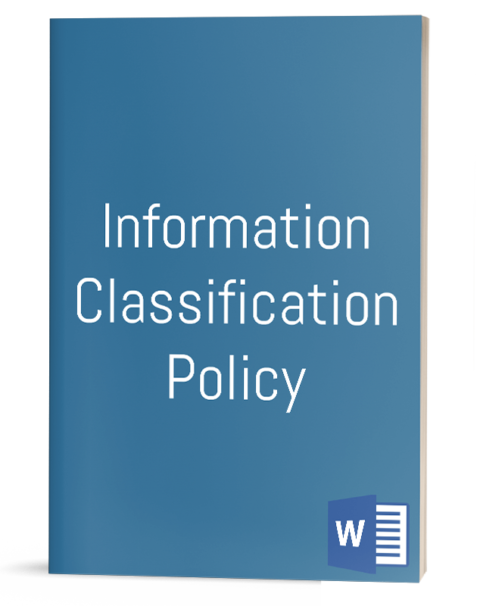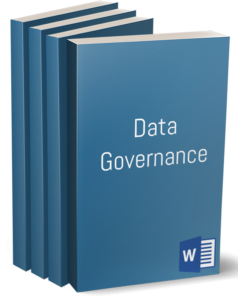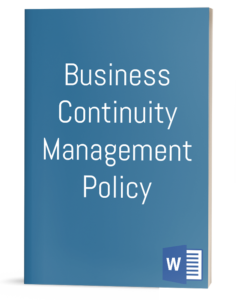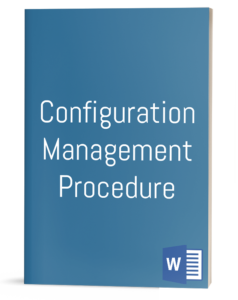
Information Classification Policy
Information classification is a process intended assigning a level of sensitivity to information/ data as it is being created, processed, stored or transmitted. The classification of information should determine the extent to which the data needs to be controlled/ secured and is also a measure of its value for the business. Protection for the information has to be designed and applied in line with the classification and the value of the information.
CONTENT
1. OVERVIEW
1.1 POLICY OWNER
1.2 CLASSIFICATION
1.3 APPLICABLE REGULATIONS
1.4 RELATED [COMPANY] NORMS AND POLICIES
1.5 OBJECTIVES
1.6 AUDIENCE AND SCOPE
1.7 DOCUMENT SUPPORT
2. DEFINITIONS & ABBREVIATIONS
3. REQUIREMENTS
3.1 CLASSIFICATION SCHEME AND HANDLING
3.2 TERMS OF MISUSE OF CLASSIFIED INFORMATION
3.3 MODIFICATION OF CLASSIFICATION
3.4 INFORMATION LABELING
4. RESPONSIBILITIES
4.1 INFORMATION OWNER’S ROLE AND RESPONSIBILITIES
4.2 INFORMATION CUSTODIAN’S ROLE AND RESPONSIBILITIES
4.3 INFORMATION USER’S RESPONSIBILITIES
5. EXCEPTIONS
6. FINAL CONSIDERATIONS
6.1 DISCIPLINARY ACTIONS AGAINST POLICY VIOLATION
6.2 DOCUMENT REVISION
Pages: 9
Related Products:
Data Governance Bundle
€1,724.99
This bundle contains all the products listed in the Data Governance section. Take advantage of the 25% OFF when buying the bundle!
Data Governance Bundle
€1,724.99
This bundle contains all the products listed in the Data Governance section. Take advantage of the 25% OFF when buying the bundle!
Business Continuity Management Policy
€79.99
The objective of the Business Continuity Management Policy is to establish the framework for the proper business continuity management of the Company.
Business Continuity Management Policy
€79.99
The objective of the Business Continuity Management Policy is to establish the framework for the proper business continuity management of the Company.
Configuration Management Procedure
€49.99
The objective of the Configuration Management Procedure is to ensure the integrity and availability of Company information and to prevent damages from uncontrolled configuration changes to all IT and physical infrastructure services that support Company’s systems.
Configuration Management Procedure
€49.99
The objective of the Configuration Management Procedure is to ensure the integrity and availability of Company information and to prevent damages from uncontrolled configuration changes to all IT and physical infrastructure services that support Company’s systems.



Review Information Classification Policy.
You must be logged in to post a review.